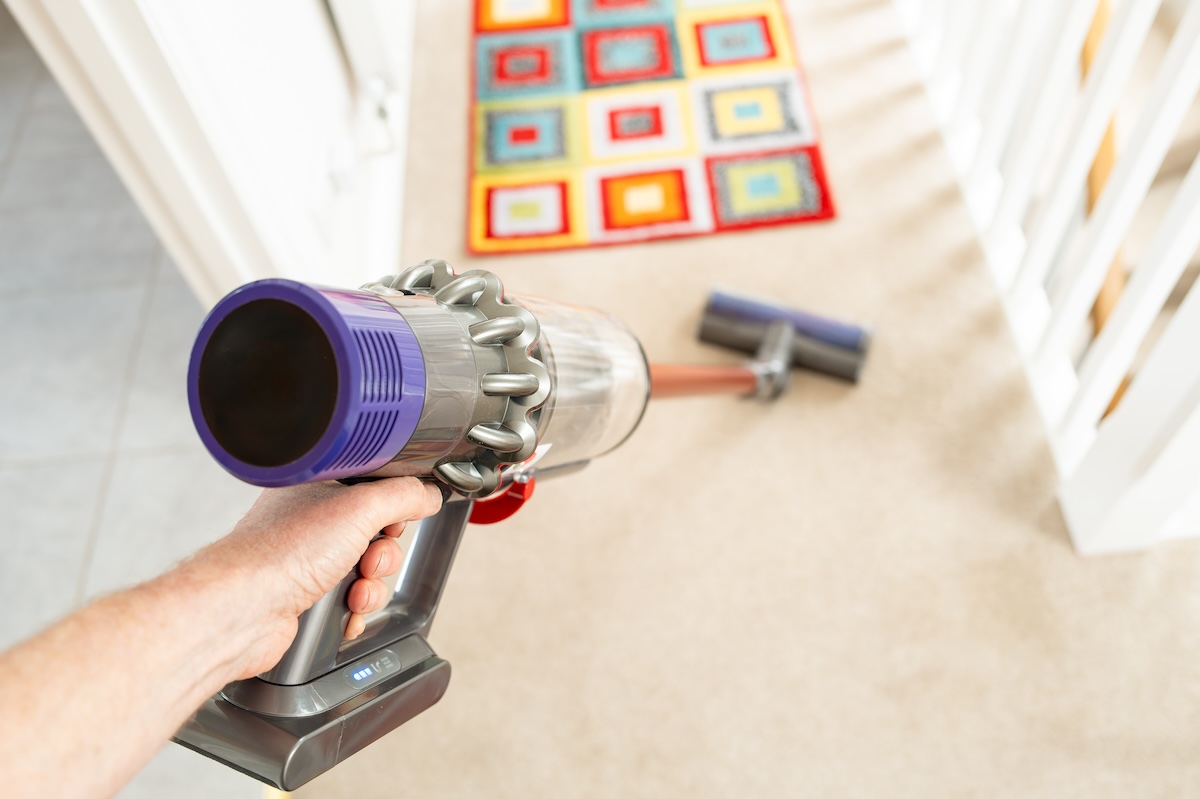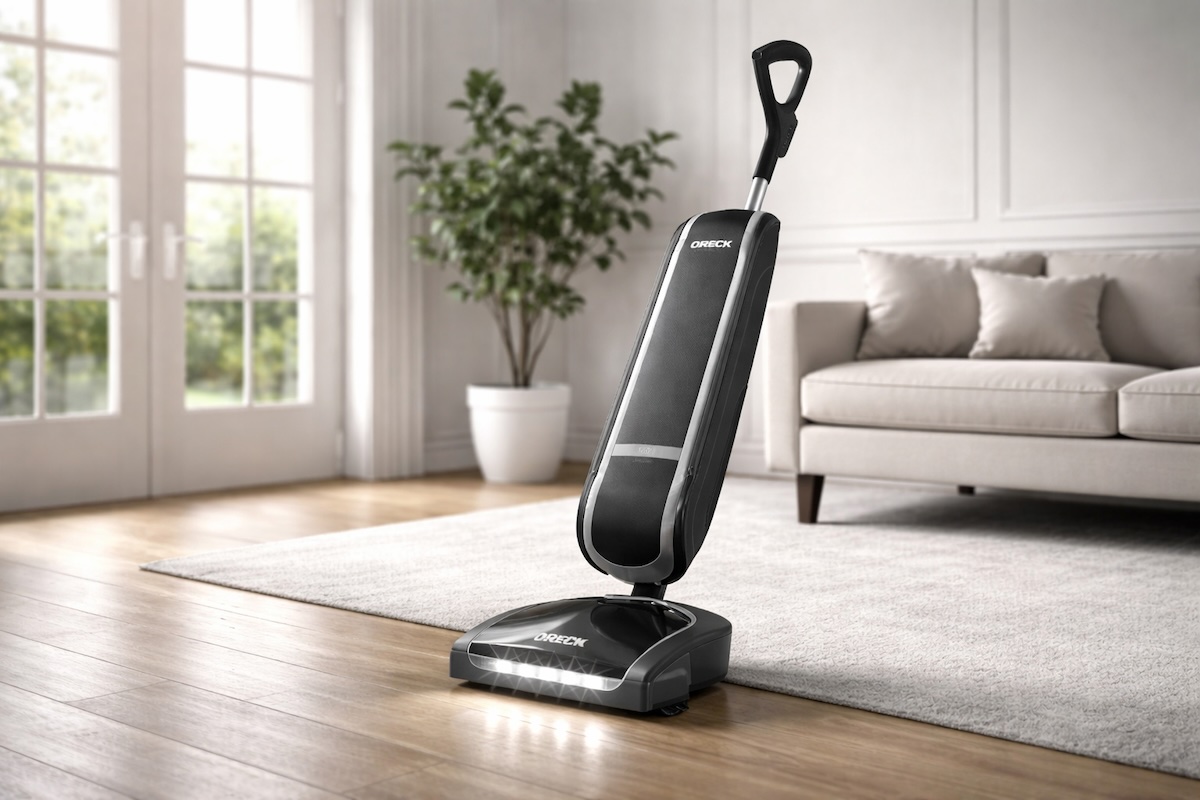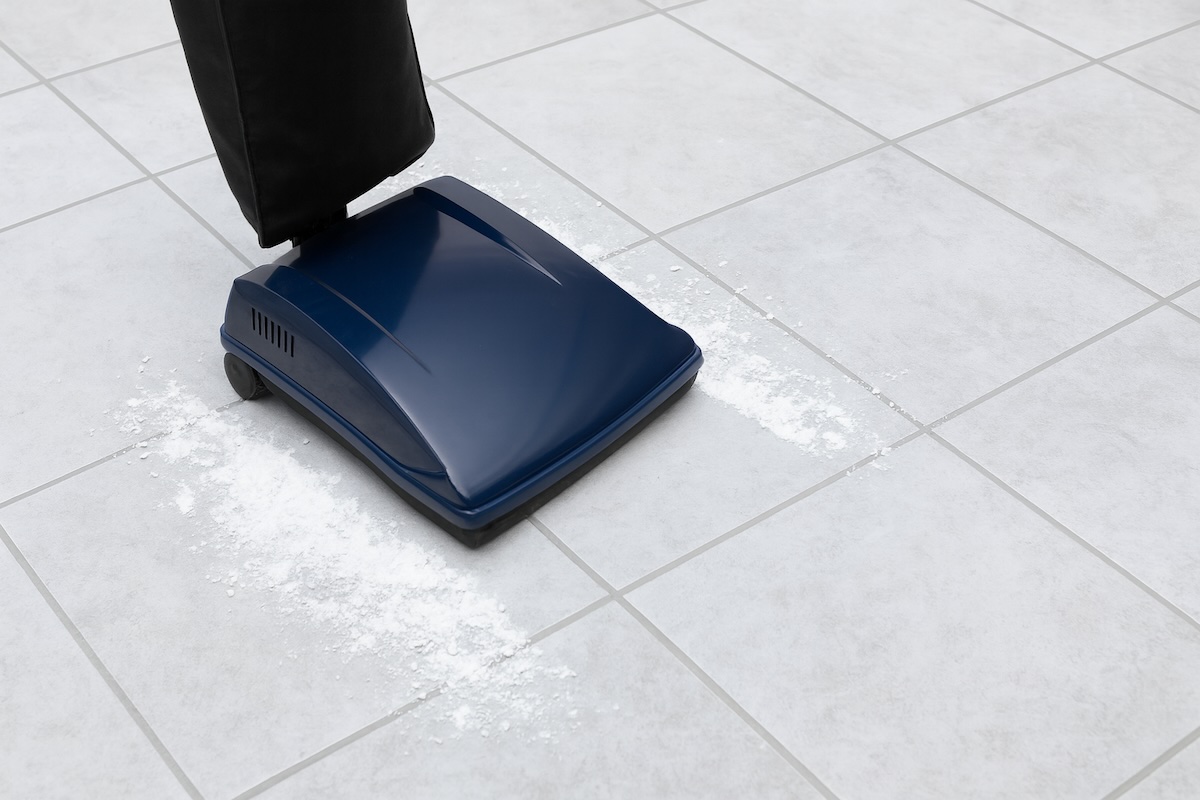The idea that a vacuum cleaner is just for carpets has persisted for decades, but it has never been less accurate. A vacuum is essentially an airflow system that moves air with enough velocity to carry away particles of dust, grit, and debris. When configured correctly, it becomes one of the most adaptable cleaning tools in any home or workplace. Carpets may be where the technology started, but they are far from the only place where it belongs.
Vacuum cleaners have evolved from simple brush and bag designs into multi-surface systems that handle everything from hardwood to upholstery. The difference lies in how airflow, suction pressure, and agitation work together. Understanding those principles reveals why the same motor that lifts dirt from a carpet pile can also remove fine dust from blinds or allergens from a mattress.
The Science of Airflow and Suction
Every vacuum works through a simple but powerful combination of physics. Airflow moves particles through a confined path, suction creates the pressure difference that lifts debris, and agitation shakes loose what is otherwise embedded. Each depends on the other. Without strong airflow, suction has nothing to carry; without agitation, dirt remains trapped. When these three forces align, a vacuum becomes an efficient dust-removal system rather than just a floor appliance.
A sealed system ensures that this airflow moves only where it is meant to go. If air leaks around the bag housing or filter, suction drops and fine dust escapes back into the room. This is why modern premium vacuums, such as those sold by Edison Vacuum, focus on sealed filtration systems paired with HEPA-grade filters. That pairing captures fine particles down to 0.3 microns and keeps them trapped instead of recirculating them into the air you breathe.
Hard Floors: Where Proper Tools Make the Difference
Wood, tile, laminate, and vinyl require careful handling. A vacuum’s brushroll should always be turned off to avoid scattering grit or scratching delicate finishes. Hard-floor heads, sometimes called parquet brushes, use soft bristles that let airflow collect debris while gliding easily over the surface. When grit or pet food scatters across open flooring, a floor head with a front squeegee edge channels particles efficiently toward the suction path.
Even polished floors that look clean can harbor fine dust invisible to the eye. Vacuuming these surfaces regularly not only removes dirt but also preserves the finish by reducing abrasion from small particles. The process protects flooring far better than sweeping, which tends to push dust into seams and corners.
Mixed Surfaces and Transitions
Many homes combine hard flooring with rugs or runners. Adjustable suction settings prevent lightweight rugs from lifting or sealing to the nozzle. A combination head that allows the user to toggle bristles up or down provides smooth transitions between surfaces. Taking advantage of those settings avoids the frustration of moving debris from one area to another.
Carpets, Rugs, and Runners
Carpet remains the most familiar terrain for vacuum cleaners, but even here technique matters. The brushroll should make gentle contact with the fibers rather than digging in. Two slow passes in alternating directions clean more effectively than one quick sweep. High suction and agitation together remove embedded grit that otherwise wears down carpet pile over time.
Area Rugs and Delicate Weaves
Flatweave and wool rugs require a lighter touch. Disengage the brushroll and reduce suction to prevent pulling threads. For older or handwoven rugs, an upholstery tool provides better control and preserves fibers. Vacuuming both sides occasionally removes grit that collects beneath the weave and causes premature wear.
Stairs, Upholstery, and Mattresses
Vacuuming stairs can be awkward, but compact turbo or mini motorized tools solve the problem. Start from the top step and move downward so debris falls toward uncleaned areas. For upholstered furniture, use short overlapping strokes with a wide upholstery tool. Sofas, chairs, and car seats collect hair, dust, and crumbs that embed deeply if left untouched.
Mattresses also benefit from vacuuming. Over time, they collect skin cells, dander, and allergens invisible to the eye. A sealed HEPA system combined with a dedicated mattress tool reduces that accumulation. Cleaning once every few weeks can make a measurable difference for those with allergies or sensitivities.
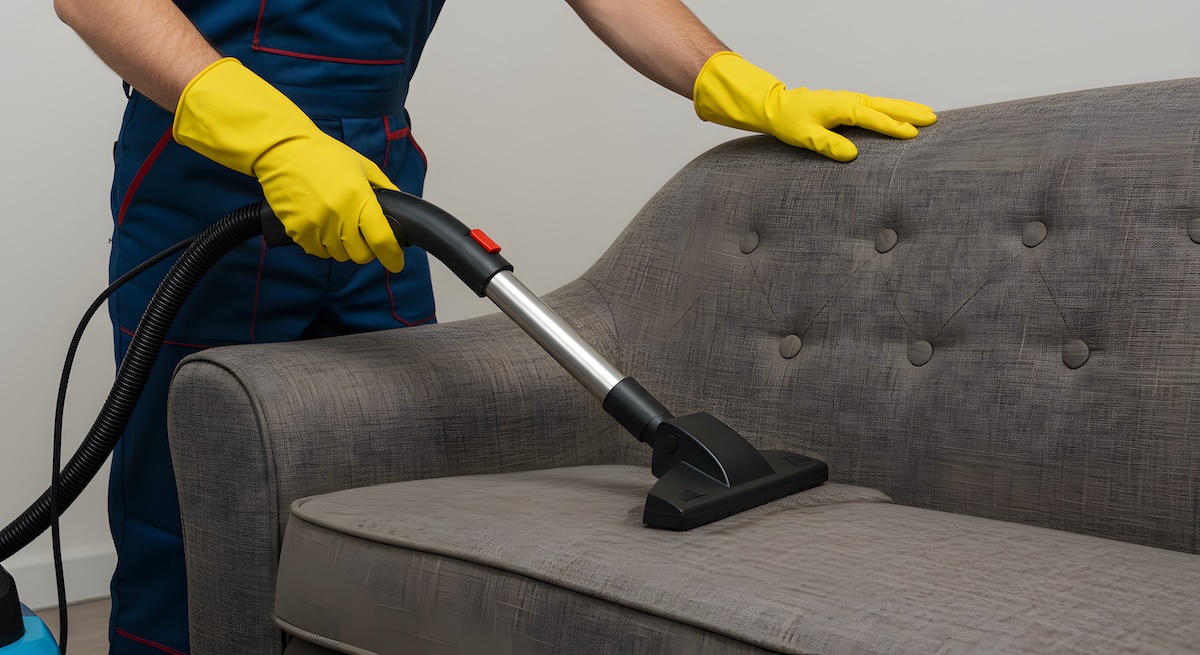
High and Hard-to-Reach Areas
A vacuum becomes even more versatile with an extension wand and a soft dusting brush. Ceiling corners, crown molding, vents, blinds, and fan blades accumulate dust that resettles if wiped by hand. Using suction instead of dry dusting removes those particles entirely. Working from top to bottom ensures that any stray dust ends up on the floor, where it will be collected last.
This same principle applies to trim, baseboards, and shelving. The soft brush bristles dislodge fine particles without scratching surfaces, while steady airflow carries them into the system.
Vehicle Interiors and Workshops
Car interiors benefit from vacuuming more than most realize. Crevice tools reach between seat rails and cushions, while dusting brushes gently clean dashboards without scratching. Upholstery tools handle floor mats and cargo areas that see constant grit from shoes and pets. A quick vacuuming routine keeps these spaces more sanitary and preserves fabric longevity.
In workshops and garages, the situation changes. Fine sawdust, drywall residue, and renovation debris require a HEPA-rated wet/dry vacuum. Household vacuums clog too quickly when exposed to this type of material. Specialized shop models use reinforced filters and bags to handle both fine particles and heavier debris safely. They protect motors from dust abrasion and keep air quality within safe limits.
Situations Where Vacuuming Should Wait
A vacuum cannot do everything. Liquids, hot ash, and large sharp objects should never be vacuumed with a standard household model. Liquids require a wet/dry system designed for safe electrical isolation. Hot ash should only be handled with a dedicated ash vacuum once completely cooled. Glass shards, metal screws, or similar items should be swept first to prevent damage to hoses and fans. Likewise, substances like wax or adhesive can melt inside the airflow path and ruin the machine.
The Value of Proper Attachments
Attachments transform a vacuum into a multi-purpose cleaning tool. Each one changes how suction meets the surface.
- Crevice tool for tight edges, baseboards, and corners.
- Dusting brush for lampshades, blinds, bookshelves, and picture frames.
- Upholstery tool for fabric furniture and mattresses.
- Mini motorized or turbo head for stairs, car mats, and pet beds.
- Hard-floor head for smooth surfaces that need gentle cleaning.
- Extension wand for ceilings and tall trim.
The most effective setup includes at least four of these: a hard-floor head, a dusting brush, a crevice tool, and a mini turbo brush. That small combination covers nearly every space in a home.
Adjusting Settings for Every Job
Knowing when to change a vacuum’s settings makes cleaning easier and safer. Brushrolls should be on for most carpets and off for floors or rugs. Suction can be reduced by opening the vent or lowering power, which prevents delicate fabrics from pulling into the nozzle. Head height matters too: if bristles dig in, airflow is lost and fibers wear faster. Finding the balance where bristles just touch the surface yields the strongest result with the least strain on the motor.
Filtration, Health, and Air Quality
Filtration is often underestimated, yet it has the greatest influence on indoor air quality. HEPA filters capture nearly all fine dust and pollen. However, those filters only work if the entire machine is sealed so air cannot bypass the media. This sealed system ensures that every bit of air drawn in passes through the filtration path before being released.
Washable filters must dry completely before use. Even a trace of moisture blocks airflow and encourages mold growth. A dry, clean filter maintains steady suction and extends motor life. For households with pets or allergy concerns, sealed HEPA systems paired with consistent maintenance form the most reliable defense against airborne allergens.
Pet Hair Management
Pet owners benefit from vacuuming frequently and with the correct tool. Mini motorized heads lift hair from upholstery more effectively than suction alone. On rugs or bedding, a quick sweep with a rubber squeegee before vacuuming frees trapped fur so it can be removed easily. Brushrolls should be checked often; trimming hair away with a seam ripper or scissors prevents tangles that strain the belt or bearings.
Bagged, Bagless, and Central Vacuums
Vacuum type influences both convenience and hygiene.
Bagged Models
These systems keep debris sealed and are cleaner to empty. They protect motors by containing fine dust. Replacing bags at half to two-thirds capacity maintains airflow and avoids odor buildup. For users sensitive to dust, bagged systems remain the top option.
Bagless Models
Bagless designs provide visibility into how much debris has been collected. They save on bag purchases but require frequent filter maintenance. Emptying should always be done outdoors and low over the trash to prevent dust plumes. Filters must be washed and dried regularly to keep performance steady.
Central Vacuum Systems
Central systems combine high power with convenience. The motor and canister remain in a garage or utility room, while inlets throughout the building connect to lightweight hoses. Because exhaust air vents outside, they greatly improve indoor air quality. Edison Vacuum installs and services CycloVac central systems across Nashville and surrounding areas, offering complete solutions for both residential and commercial spaces.
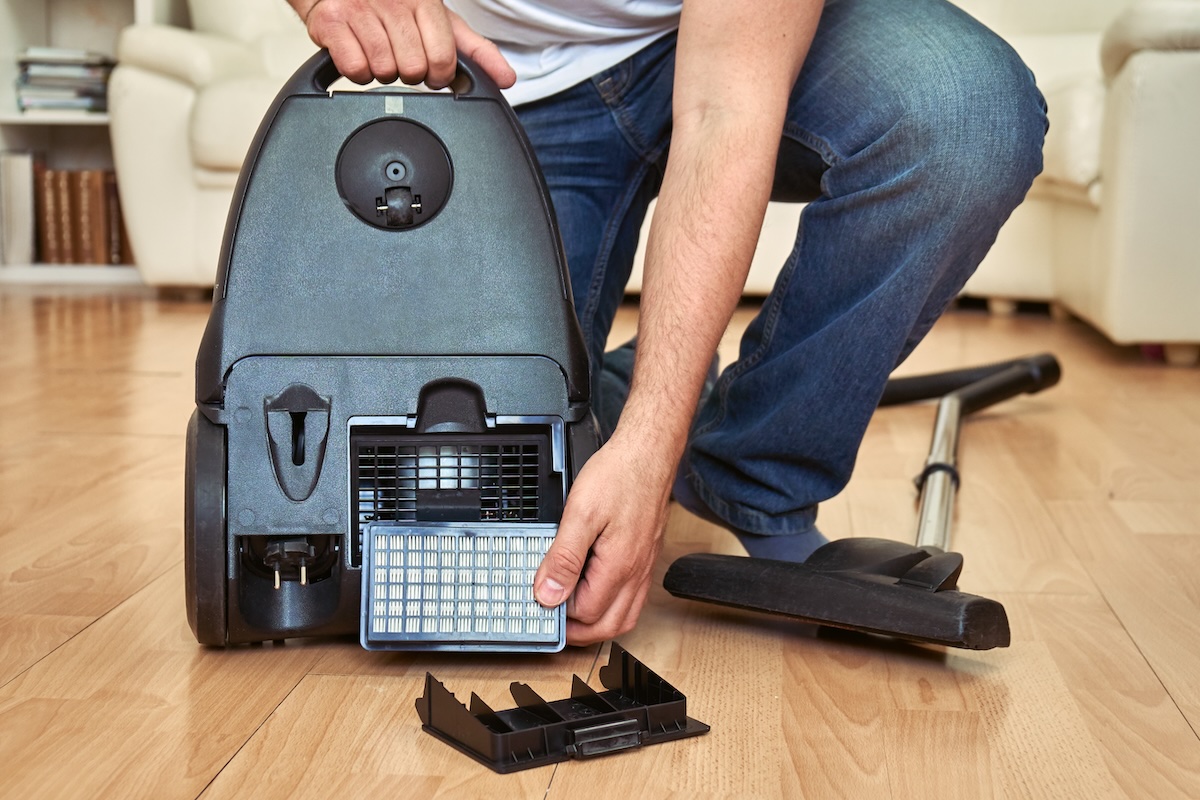
Maintenance and Longevity
Routine care preserves suction strength and extends service life.
- Empty bags or bins before they fill completely.
- Clean filters on schedule and verify that they seat properly.
- Inspect hoses for small clogs or tears.
- Replace belts showing cracks or slack.
- Remove hair or thread from brushrolls.
- Keep gaskets tight and fittings secure.
A professional tune-up once a year provides even greater benefit. Technicians can check motor speed, lubricate bearings, and verify suction pressure against specifications. Edison Vacuum’s experienced staff, including technicians with over thirty years of repair experience, perform detailed tune-ups that restore machines to peak performance.
Troubleshooting Common Problems
When suction weakens, start with simple checks. A full bag or clogged filter is often the cause. Remove the hose and look through it with a light to find obstructions. Confirm that the brushroll spins freely and that the belt is intact. Most cases of reduced power are solved without replacing parts. Proper maintenance restores suction more often than not.
Selecting the Right Vacuum for Your Space
Each style suits different environments.
- Upright vacuums excel on large carpeted floors and store easily.
- Canister models handle mixed surfaces and above-floor cleaning gracefully.
- Cordless sticks simplify quick cleanups in apartments or smaller homes.
- Robot vacuums keep up with daily dust between full cleanings.
- Wet/dry units handle workshops, garages, and any job involving liquids.
Knowing what surfaces you have and how often you clean them ensures the right tool for the job. The team at Edison Vacuum helps customers match models to those specific needs, carrying leading brands like Riccar, Titan, Miele, Sebo, and CycloVac.
Routine Cleaning Strategy
Consistency produces the best results. A practical routine looks like this:
- Vacuum hard floors before mopping.
- Cross-sweep carpets with slow, even passes.
- Use upholstery tools weekly on furniture and mattresses.
- Dust vents and blinds monthly with a soft brush.
- Check brushrolls and filters regularly.
- Empty the bin or replace the bag before it reaches capacity.
This rhythm keeps flooring and air fresher while reducing wear on the machine.
A Smarter View of the Modern Vacuum
A vacuum cleaner is a dynamic airflow system, not a one-surface appliance. It protects flooring, improves air quality, and adapts to countless tasks when equipped correctly. Carpets, hard floors, stairs, upholstery, and even vehicles all benefit from the same combination of suction, agitation, and sealed filtration. Understanding its design transforms cleaning from a chore into an efficient routine that preserves your investment in flooring and furniture.
Edison Vacuum has spent over sixty years helping homeowners and businesses achieve that efficiency. Located in Brentwood, Tennessee, our shop carries premium vacuums, filters, attachments, and central systems, and our technicians bring decades of repair experience to every service. For expert guidance or to restore your vacuum to peak condition, contact us today to schedule service!

